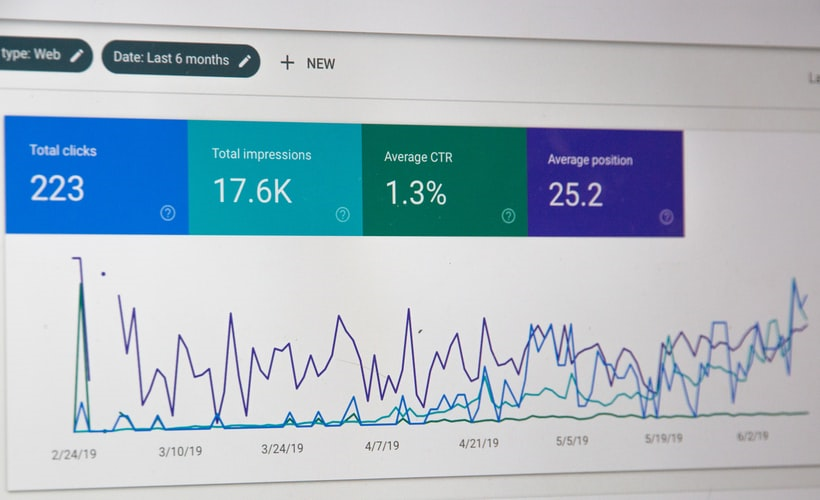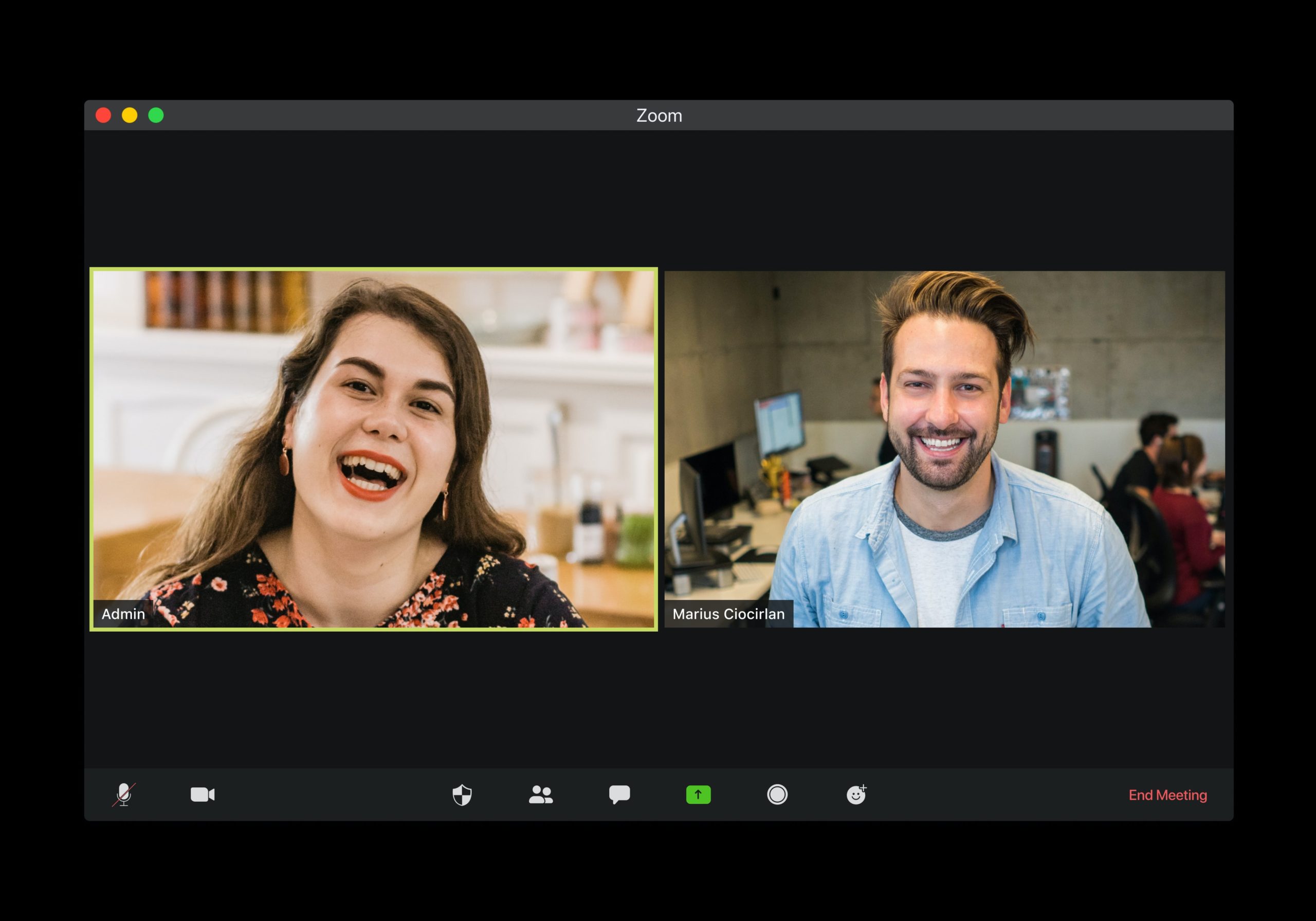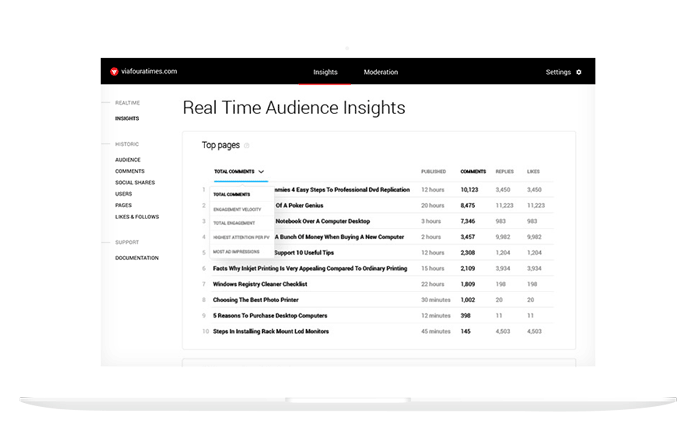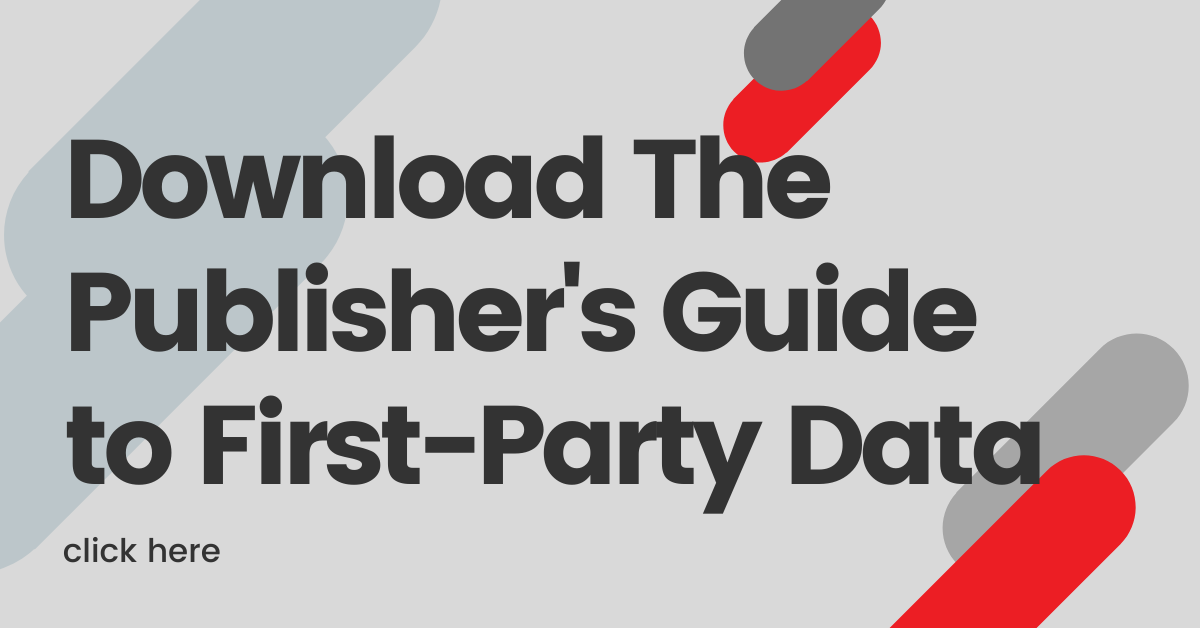The digital world we live in has changed the way people interact with companies and how they make purchases. Now, with the spreading influence of online communities and their increasing role in building a brand identity, building a brand’s reputation and awareness online is a must these days, including social media and organic presence, among many other things.
Companies need a savvy online community manager to help build a reputation as a community-based brand and engage with their audience. In addition, an online community manager can help build trust, position a brand, and improve user engagement. Think about it as a role that creates a bridge between a brand and its customers. They act as a moderator that serves as a spokesperson for the brand and communicates intent between them.
What Does An Online Community Manager Do?
A community manager is a person who usually is working closely with the Digital Marketing department. They are responsible for ensuring all the content follows the set guidelines and expanding the brand’s online community. This usually means they will also be in charge of implementing the digital engagement strategies. It is important for a community manager to understand what sets a community apart from an ordinary audience online.
The good thing about this position is that it requires skills that you can gain through different degrees. This means that it doesn’t matter whether you are a journalist or a public relations specialist – as long as you meet the requirements, you can apply to and find success in this position.
But before you start sending your resume to different companies, take a look at the online community manager job description.

Online Community Manager Job Description
An online community manager is responsible for building, growing, nurturing, and managing online communities. This role entails performing community management around a specific brand or purpose.
Online Community Manager vs. Social Media Manager
Even though the tasks of an online community manager and social media manager are similar, these are two different positions. The critical difference between the online community manager job and social media manager job is how they interact with the audience.
While the former is responsible for communicating as a brand, promoting products and services, an online community manager is responsible for the entire holistic brand strategy in the digital landscape.
As such, while these roles may end up merging depending on the company you work for, they carry different responsibilities. However, their core responsibility remains engaging an online community to its fullest potential.
Tasks of an Online Community Manager
Here are some of the basic tasks that an online community manager is responsible for carrying out. Bear in mind that the list of functions is not exhaustive.

Managing a community
Online community managers are responsible for fostering a sense of community around a brand by actively engaging with the audience. As part of their tasks, community managers need to monitor the user engagement level, set community guidelines and perform additional tasks such as identifying influencers in the industry for possible collaboration purposes. In other words, the community managers main job is to optimize the companies digital community for success.
Engage with users directly
One of the responsibilities of an online community manager is looking for loyal followers who like the brand and engage with them. They can do this by leaving comments on their posts or answering their questions on the official profile. Community managers are also able to elevate the quality of online discussions, as well as sustain meaningful relationships with the audience. Real conversations with the audience can turn into a catalyst for growth in your publications. If you want to learn more you can watch this Webinar: How CBC Creates Real Conversations Below the Fold
Solving problems
If you have built an online community for your brand with clear guidelines, problems will sometimes still occur between members. A community manager will have to declare the final word on issues and take action in case of broken policies. However, a community manager can take advantage of automatic tools such as content moderation platforms that allow the software to perform moderation with oversight from the community manager.
Managing social media
Online community managers need to stay ahead of the competition on social media, looking out for trends within the industry. Further, an online community manager needs to deal with the press and any legal issues regarding the brand’s image online.
Maintaining optimal performance and accuracy of content
Online community managers are also involved in publishing content on the site and driving organic traffic. Therefore, they need to make sure that all the information displayed on the site is relevant and up-to-date and double-check that there are no discrepancies between the website, social media platforms, and the blog in terms of information.
Online Community Manager Salary
The average online community manager’s salary is $44,214. However, if you are an entry-level candidate, you’ll need to expect a lower remuneration starting at $35,000.
Online Community Manager Jobs
Whenever proceeding down a career path, it’s crucial to evaluate future opportunities, which means investigating potential opportunities to grow within the industry.
If you start as an Online Community Manager, you have the option of progressing to a Marketing Manager or Content Strategist with time. However, you can also choose to specialize in online platforms and work as a Digital Marketing Manager. Once you have sufficient experience and knowledge within these roles, you may one day qualify for the role of a Social Media Director.
















